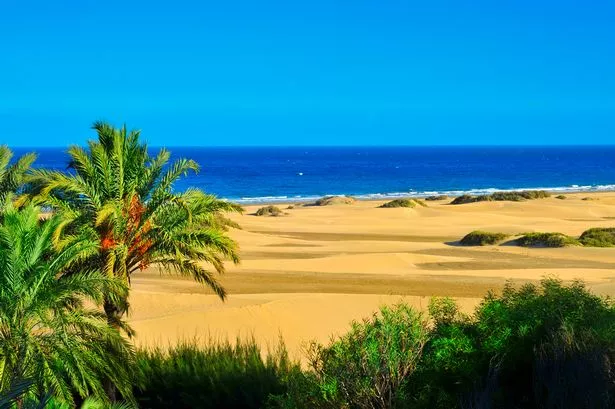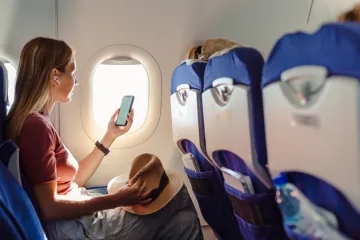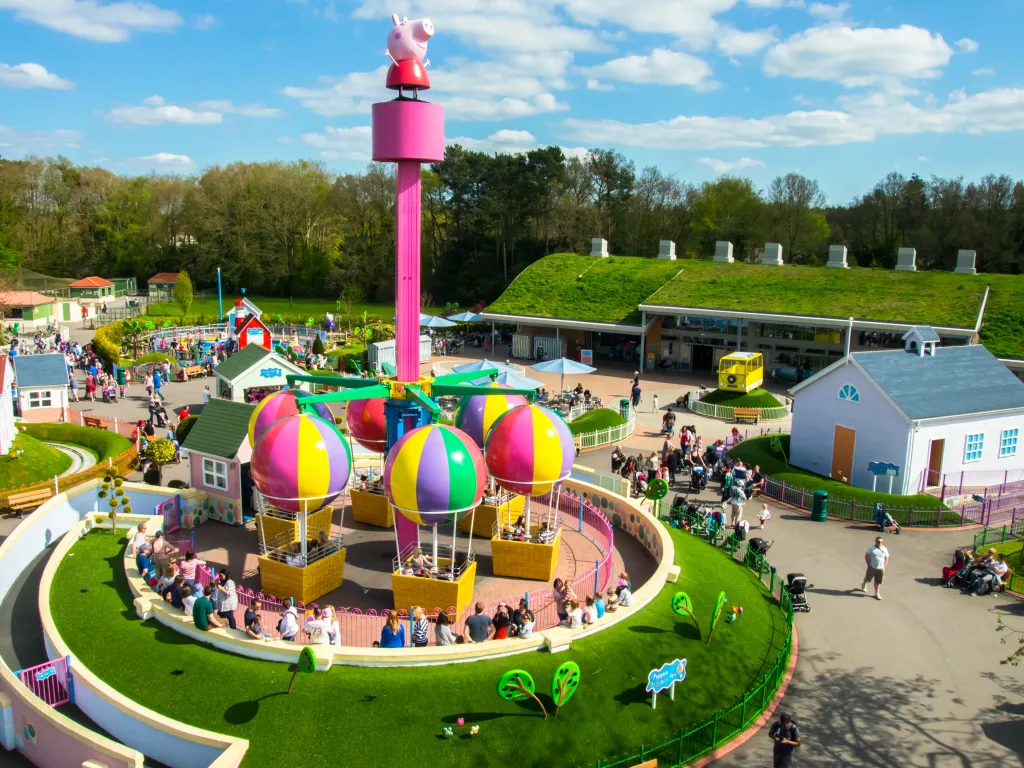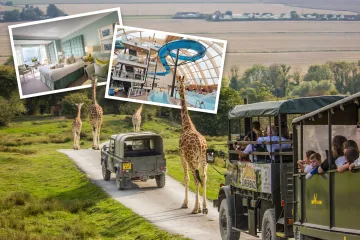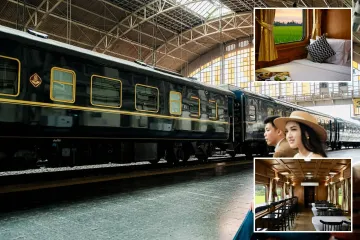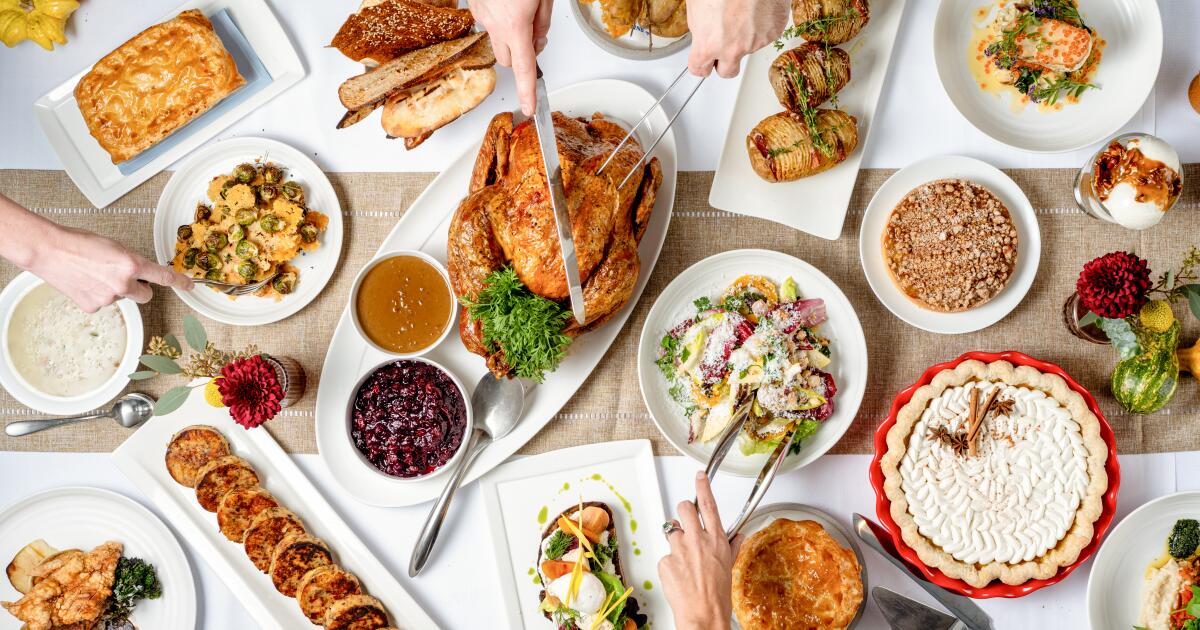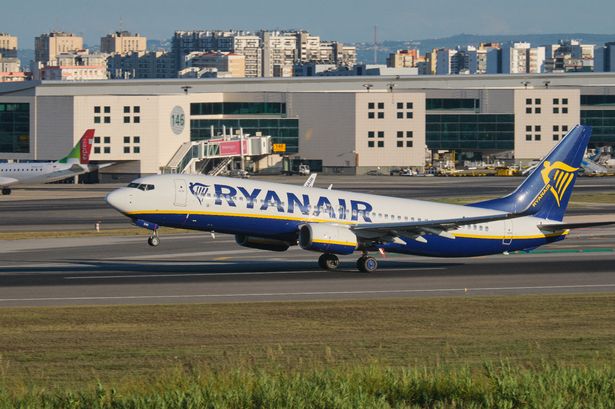The flight route has now been taken over by Skybus
Flights connecting London Gatwick and another major UK airport are set to return this month, officials have confirmed. This comes after Eastern Airways, the former carrier for these routes, suspended all flights before collapsing into administration.
The flight route between Gatwick and Cornwall Airport Newquay has now been taken over by Skybus, which is part of the Isles of Scilly Steamship Group. Tickets for these journeys became available on November 7, with the first flight scheduled for Sunday, November 23.
Cornwall Airport Newquay, the county’s main commercial airport, announced that a refreshed flight timetable will initially operate once daily. However, this is expected to increase to twice-daily services on weekdays from February 14, 2026.
Amy Smith, Managing Director, Cornwall Airport Newquay, said: “We’re delighted that Skybus, our longest-serving airline partner, will be taking over the vital London Gatwick service later this month. We know just how important a regular, reliable service between Newquay and London is for our passengers and we look forward to working with Skybus to deliver just that going forward.”
According to Cornwall Live, a 2021 agreement between the Government and Cornwall Council saw Eastern Airways previously operating daily services between Cornwall Airport Newquay and London Gatwick.
It is understood that this service operated under a four-year PSO to maintain the route throughout the year, which was considered vital to the economy. However, countless travel plans were completely disrupted when Eastern Airways halted operations last month.
On October 27, the UK Civil Aviation Authority advised its customers to avoid travelling to the airport and to opt for train travel instead. “We urge passengers planning to fly with this airline not to go to the airport as all Eastern Airways flights are cancelled,” Selina Chadha, Consumer & Markets Director at the UK Civil Aviation Authority, said at the time.
“We urge passengers planning to fly with this airline not to go to the airport as all Eastern Airways flights are cancelled. Eastern Airways customers should visit the Civil Aviation Authority’s website for the latest information.”
Cornwall Airport Newquay asserts that resuming the route will restore convenient travel between London and Cornwall, while providing people with easy access to Gatwick’s international destinations.
Skybus fares starting at £79.99 one-way include a 15kg checked baggage allowance. Customers can also purchase extra baggage or a Skybus FlyFlexi add-on, which offers additional baggage, ticket flexibility, and fast-track security (if available), for prices starting from just £22.50 one-way.
Jonathan Hinkles, Managing Director of Skybus, said: “We are thrilled to launch this new service between Cornwall and London Gatwick. It is not just about making travel easier for passengers; it’s about creating opportunities – for businesses, for tourism, and for the local communities we serve.
“As a Cornish company with more than 40 years of aviation experience, we understand how crucial dependable air links are for our region and are proud to step up and operate this vital route. Our focus is on rebuilding confidence and offering reliability, and we look forward to providing passengers with the service they deserve.
“None of us underestimate the challenge ahead to build the Newquay-Gatwick route to be a thriving cornerstone of the local economy once more. We’re wholly confident that we can achieve this through Skybus’ record for reliability and service.”
Meanwhile, Councillor Leigh Frost, leader of Cornwall Council, said: “I’m delighted we’ve managed to find a replacement operator so quickly, and even more so to see a Cornish company stepping in.
“It has been a difficult time, with disruption for many people who use the service and had already booked flights, so I am pleased this announcement will help end the uncertainty around this vital connection to the Capital.”
Flights can now be booked at www.skybus.co.uk, which launched its new website on November 7 to handle bookings for the service. Flights for summer 2026 will be available to book by mid-November.



